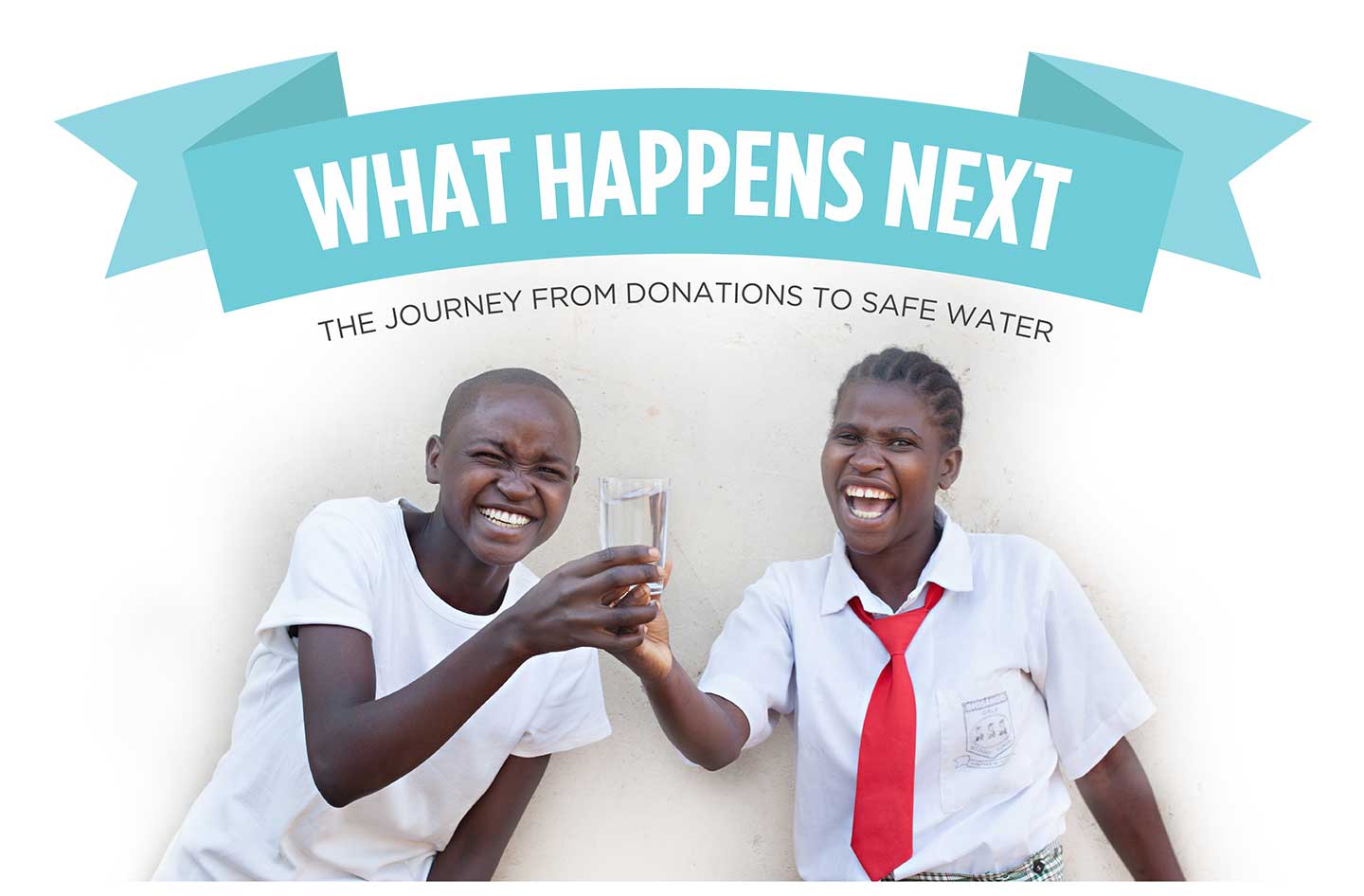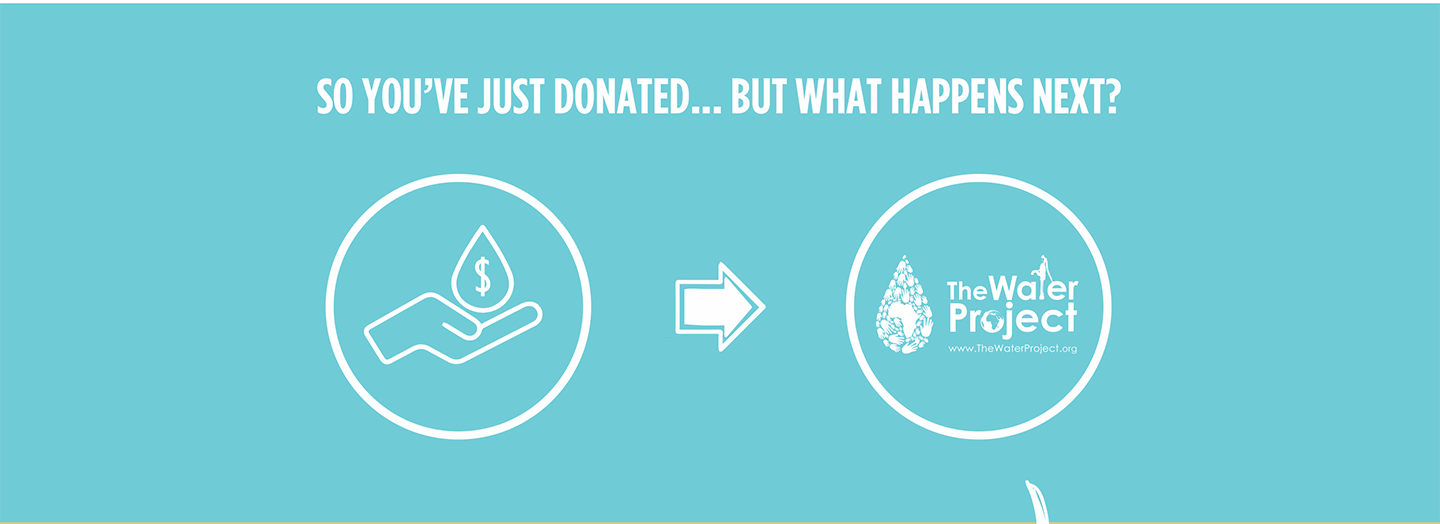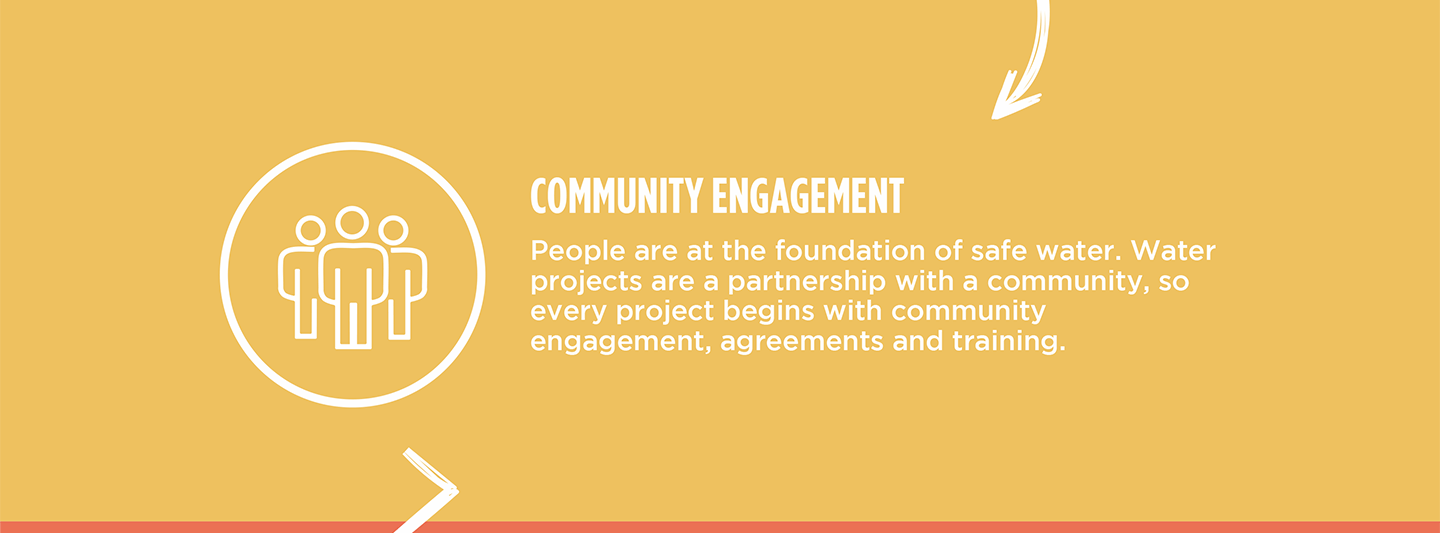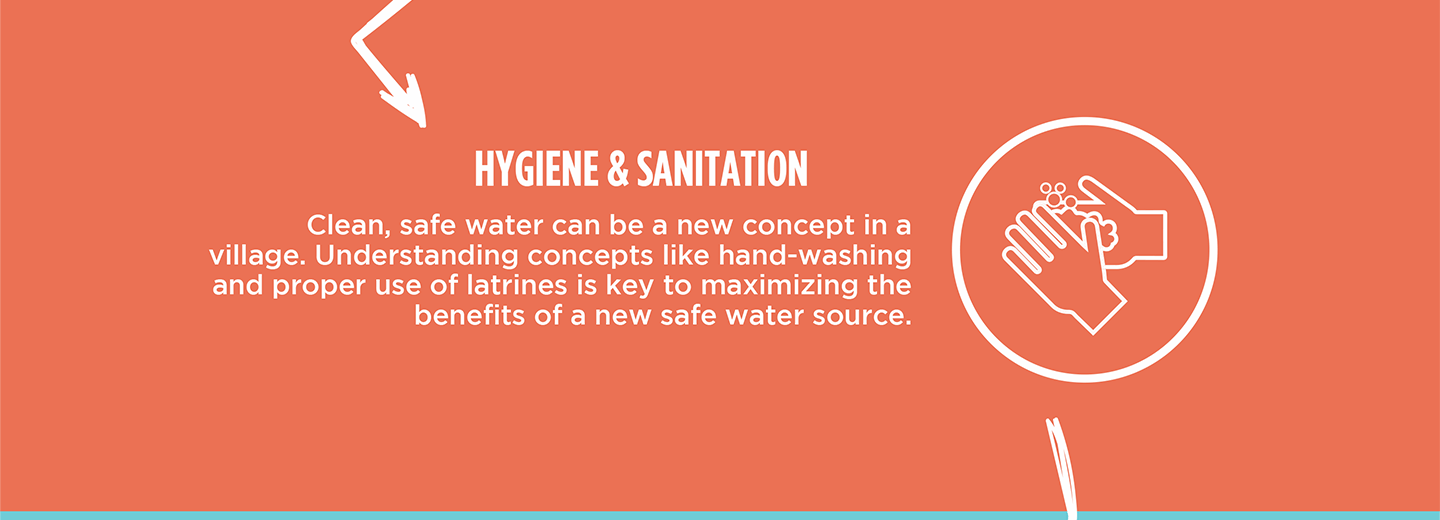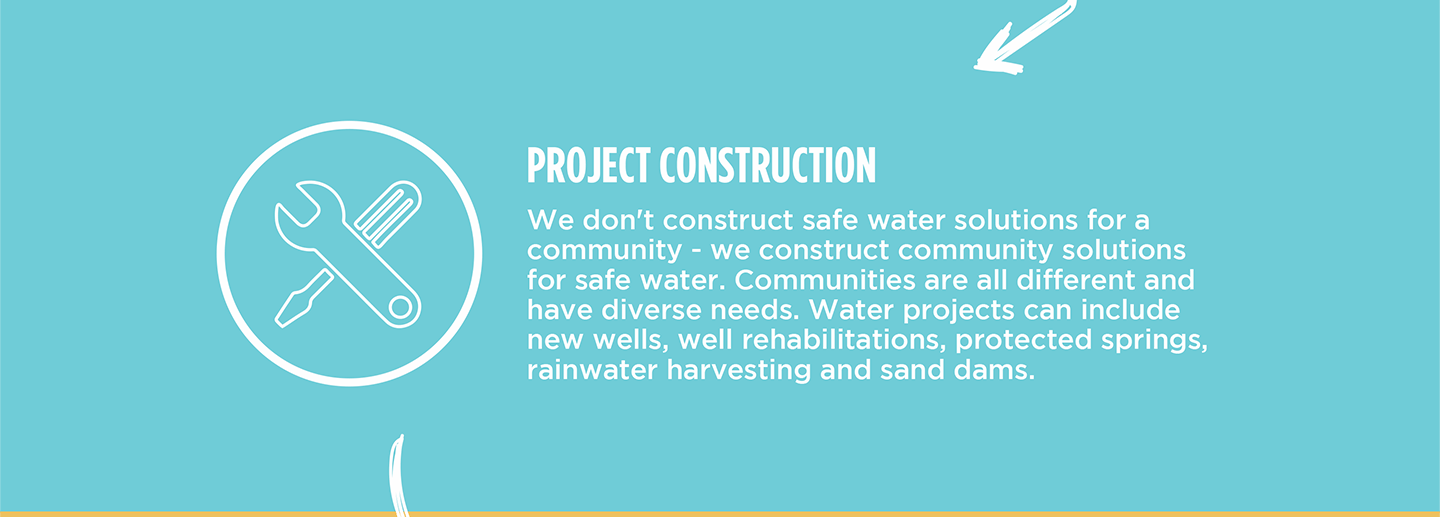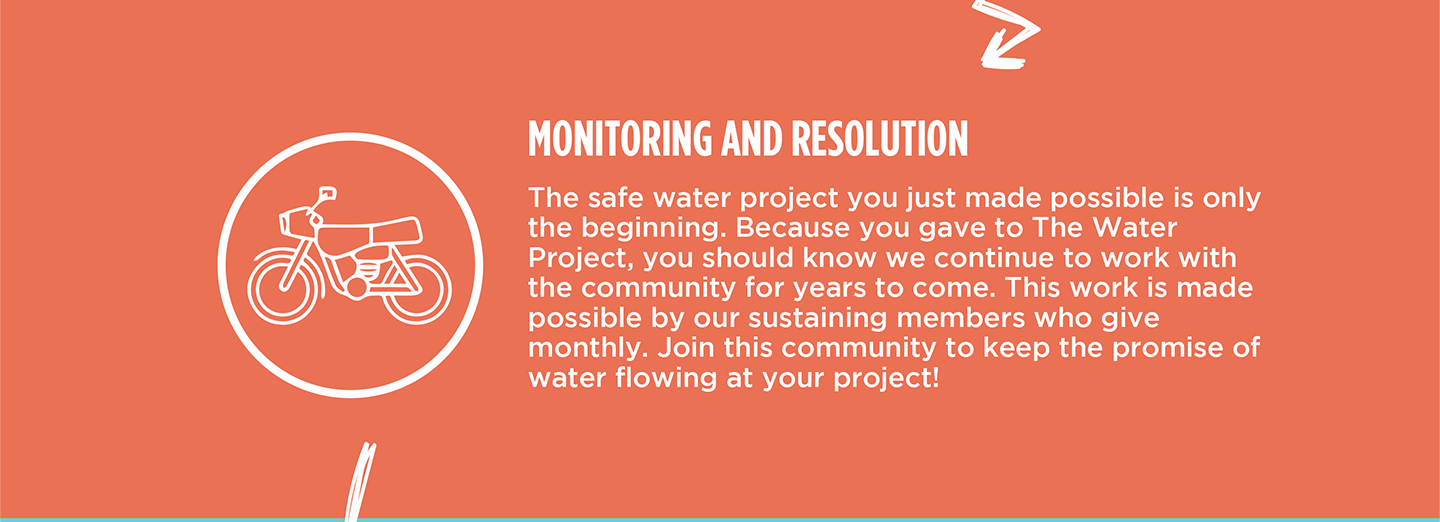Boywo Spring, the main water source serving the 350 residents of Kisumu Ndogo Community, is in disrepair and unable to produce clean, safe water for people to drink.
Before the sun fully rises, seventeen-year-old Malik joins the long line at the broken spring, jerrycan in hand. Like many children in his community, Malik fetches water twice every morning and once again after school. The trip takes about 30 minutes—longer when the line is crowded, and longer still when someone falls on the slippery terrain or an animal is spotted nearby.

Malik at the spring, which needs protection.
“The terrain is not that good, and I usually fall down. I fear that dangerous animals, like snakes, hide around the spring, and it's not easy to see them due to the waterpoint condition,” Malik shared. “[I'm] discouraged because of the overcrowding, but I have to help my parents. They’re getting old, and I’m still young and energetic.”

Malik’s dream is simple, yet powerful: to become a doctor and help his community.
But that dream is often interrupted by illness. Just a week ago, he missed school due to a severe stomachache caused by the only water he and his family can access.
"I got a really bad stomachache, followed by diarrhea and throwing up. It was a really tough time for me,” he said quietly. “It’s hard to concentrate in class when you’re sick.”

Malik helps around his home.
Malik’s story is not unique. His experience reflects the struggles of an entire community relying on a broken spring that leaks from the sides, has holes in the backfill area, and has no protection from contamination.
Families do their best to keep the area clean—clearing grass to deter snakes and other wildlife—but the water source itself is failing. It's overcrowded, unsafe, and unfit for human consumption.
“Very often, we get sick from the water,” Malik said. “The time consumed at the spring is more than before. The spring has also become dangerous. When we fall, we get injured.”
According to community members, nearly everyone has fallen ill at some point. From typhoid to dysentery, the health consequences are constant and devastating.

Malik.
“I have dreams of becoming a doctor in the future," shared Malik. If I didn’t have to spend so much time getting water, I would study more,” Malik continued. “I believe my dreams are valid.”
For Malik, water is the difference between missing school or attending, health and illness, surviving and thriving. If the spring is protected, things will change for Malik, and not only will he have improved water access, but it will also restore dignity, health, and opportunity to his entire community.
Steps Toward a Solution
Our technical experts worked with the local community to identify the most effective solution to their water crisis. They decided to safeguard the existing flowing spring.
Spring Protection
Springs are natural water sources that originate from deep underground. As water travels through various layers of the earth, it undergoes a natural filtration process, making it cleaner and safer to drink. To protect these spring sources from contamination, we construct a waterproof cement structure around layers of clay, stone, and soil. This design channels the spring water through a discharge pipe, facilitating easier, faster, and cleaner water collection.
Chlorine Dispenser
As an extra measure towards water quality safety, uniquely engineered chlorine dispensers are installed at all of our spring protection projects so community members can treat their water with pre-measured doses of chlorine. The chlorine treats any possible contamination and stays active for two to three days, ensuring water stays safe to use even when stored at home. Chlorine delivery and maintenance of the dispensers are part of our ongoing community support.
Community Education & Ownership
Hygiene and sanitation training are integral to our water projects. Training is tailored to each community's specific needs and includes key topics such as proper water handling, improved hygiene practices, disease transmission prevention, and care of the new water point. Safe water and improved hygiene habits foster a healthier future for everyone in the community.
Encouraged and supported by our team's guidance, the community elects a water user committee representative of its diverse members. This committee assumes responsibility for maintaining the water point, organizing community efforts, and gathering fees to ensure its upkeep.

 Protected Spring
Protected Spring
 Rehabilitation Project
Rehabilitation Project












